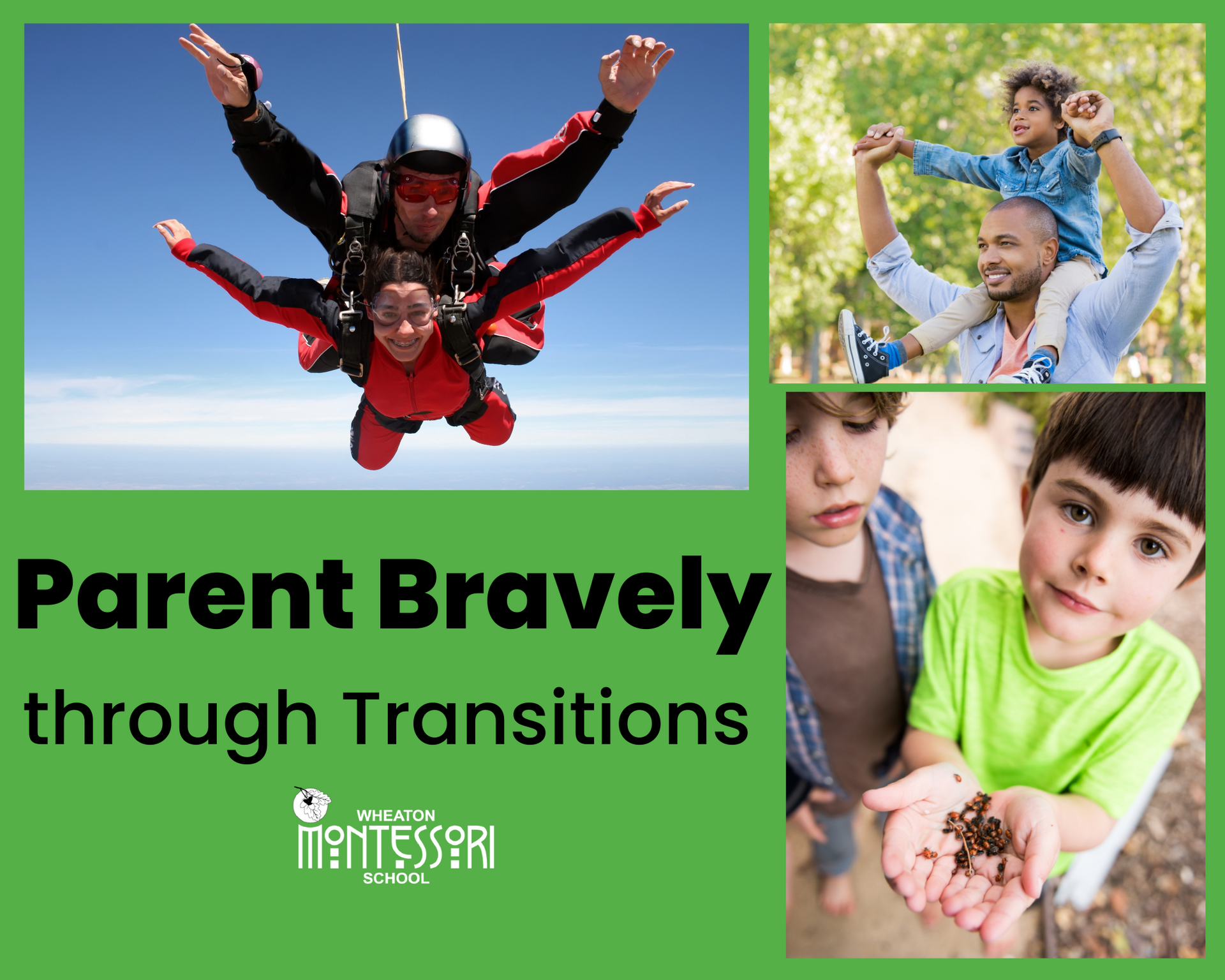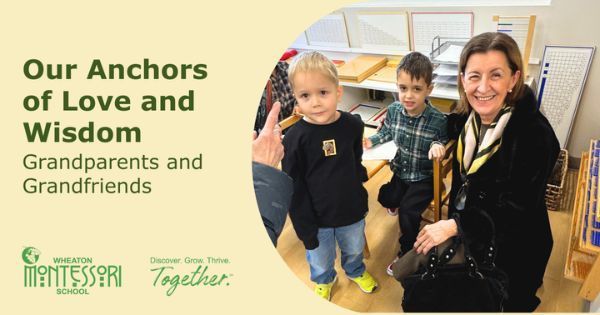
Parent Bravely through Transitions
Parenting during transitions requires bravery! Are you worried that your child will cry at drop off, make friends, like their teacher? The start of the school year is a big time of change for families. As parents we question ourselves, our child, our decisions, and everyone’s readiness. Frequently, we look to our community for support. This blog is exactly that. Our aim is to share how we think about guiding children and young adults through transitions. Let us know what you find supportive.
The link below has suggested questions and words to use for change and transitions such as: Have you ever wondered aloud what the first day of school would be like and how you will feel? Follow the link for more: https://www.instagram.com/p/CgwjDSruURU/?utm_source=ig_web_copy_link
This amazing link below has info about normalizing feelings about change. It gets a bit dramatic by claiming you can avoid a first day meltdown, but follow the link so you can take actions so your heart won’t hurt as much.
https://www.instagram.com/reel/ChAAo1EArvD/?utm_source=ig_web_copy_link
"Resistance as part of the path to separation." This is mind-blowing information and a great way to lean into a child’s resistance instead of battling with our children about getting them to school. With this help, you can validate your child’s feelings and recognize the bigger picture of their developmental path: https://www.tiktok.com/@drbeckyatgoodinside/video/7130245793058934058?lang=en
This help for handling the first day of school has been shared by our teachers in our parent group as help for starting anything new: https://www.facebook.com/reel/982851989653039
Lean on us when we can help. Often parenting is a struggle that just requires reminding yourself that you are not alone.
In partnership,
Rebecca Lingo
Head of School and Co-Founder


